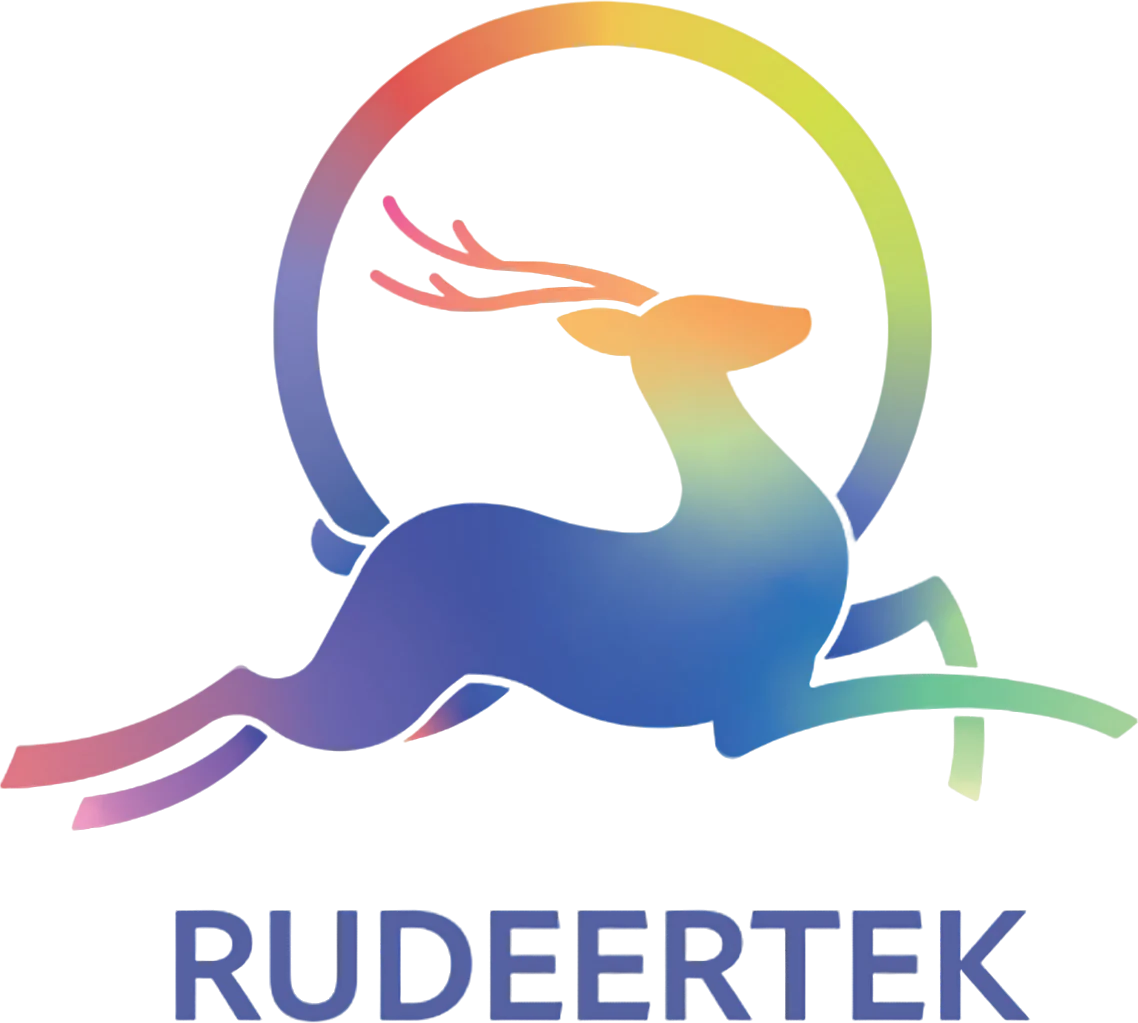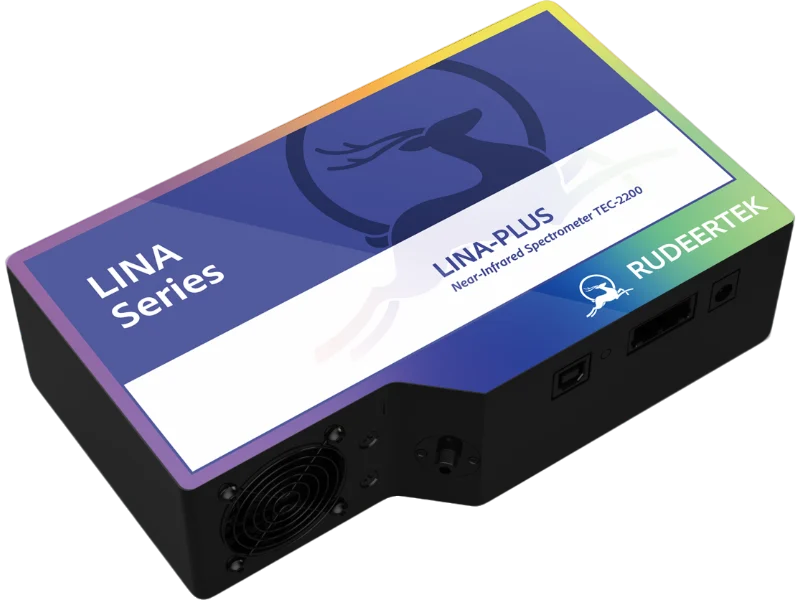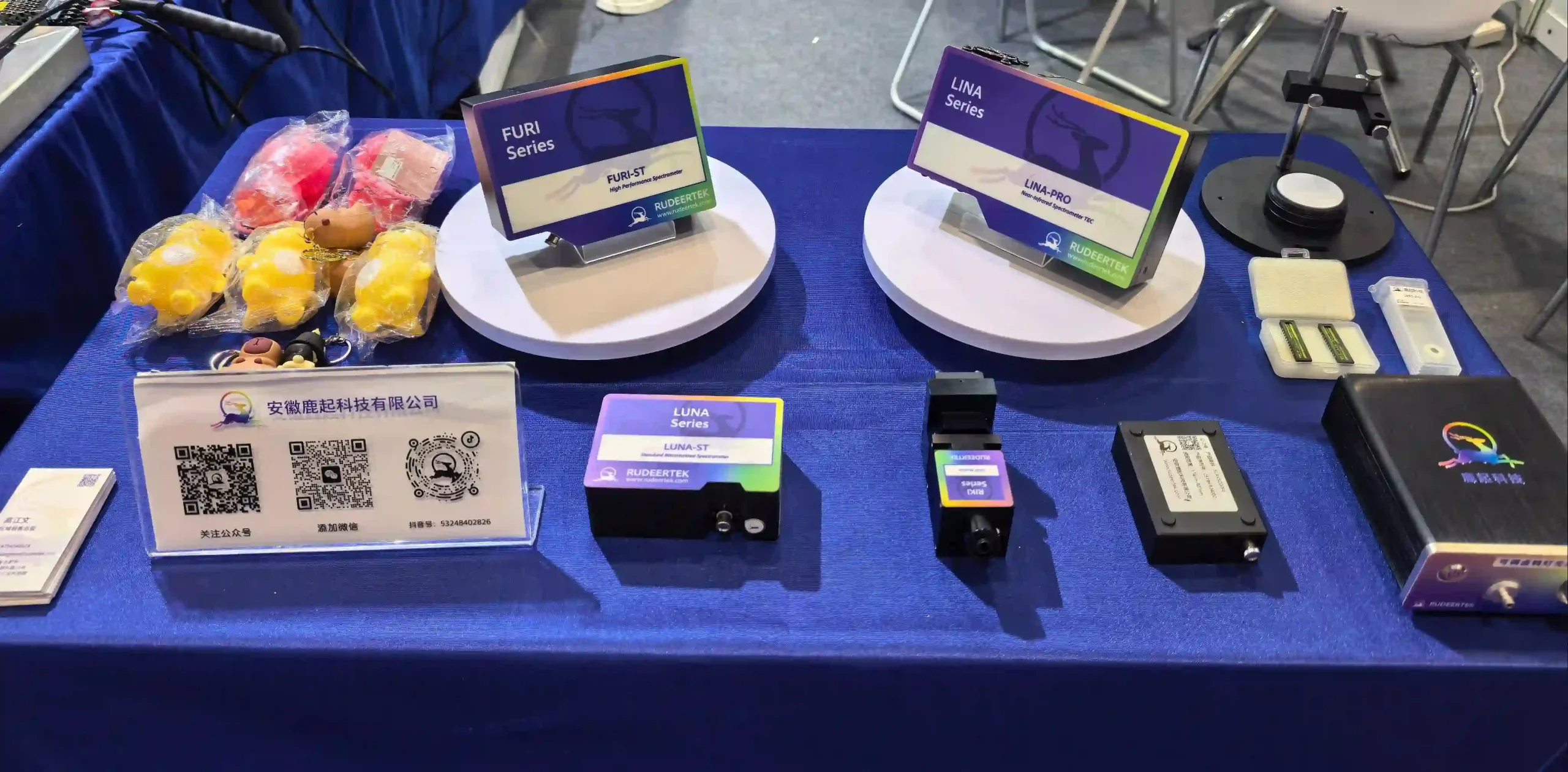NIR Spectrometers: Revolutionizing Product Composition Analysis and Content Detection
Release time: 2025-09-01
Table of Contents
In today’s fast-paced industrial world, precision and speed are paramount. Industries such as food, chemicals, pharmaceuticals, and agriculture rely heavily on technologies that offer accurate and efficient analysis of raw materials and finished products. One such technology that has proven invaluable is Near-Infrared (NIR) Spectroscopy, which uses NIR spectrometers for non-destructive, real-time detection of material composition.
This article explores how NIR spectrometers work, their applications, and the numerous benefits they bring to various industries, particularly in food production and chemical manufacturing.
What is NIR Spectroscopy?
NIR spectroscopy is a form of spectroscopic analysis that utilizes the near-infrared region of the electromagnetic spectrum, typically ranging from 780 nm to 2,500 nm. NIR spectrometers are devices designed to analyze the light reflected or transmitted through a sample. As the light interacts with the sample, certain wavelengths are absorbed based on the molecular composition of the material. The resulting data gives a detailed spectrum that is then used to determine various chemical properties of the sample, such as its moisture content, fat levels, protein content, and more.
How Do NIR Spectrometers Work?
NIR spectrometers emit near-infrared light onto a sample. This light passes through the sample or is reflected by its surface. Depending on the chemical bonds present (such as O-H, N-H, C-H), specific wavelengths of the light are absorbed, and the remaining light is either transmitted or reflected. A detector captures this transmitted or reflected light, and an algorithm interprets it to create a spectral signature.
The collected spectral data is then compared to known reference data to provide quantitative results about the composition of the sample. This enables industries to perform non-destructive analysis and determine the exact chemical makeup of products without altering or destroying them.
Key Advantages of NIR Spectroscopy
- Rapid and Real-Time Analysis:
NIR spectrometers offer real-time results, which help manufacturers monitor production processes instantly. This rapid analysis ensures that any discrepancies in product quality are detected immediately, reducing waste and enhancing quality control. - Non-Destructive Testing:
Unlike traditional methods such as wet chemistry, NIR spectroscopy is non-destructive. The sample remains intact, which is particularly important in industries that require the preservation of materials, like food production and pharmaceutical manufacturing. - Environmentally Friendly:
NIR spectroscopy eliminates the need for harmful chemicals and solvents often used in traditional analytical methods. This eco-friendly approach reduces chemical waste, making it a sustainable solution for industrial processes. - Accuracy and Precision:
NIR spectrometers are known for their high accuracy in detecting chemical properties such as moisture content, protein, fat, and sugar levels. The technology is especially beneficial in industries where precise formulations and chemical compositions are essential. - Cost-Effective:
Though NIR spectrometers represent an initial investment, they reduce overall costs by eliminating the need for costly reagents and sample preparation. This contributes to long-term cost savings and improved operational efficiency.
Applications of NIR Spectrometers in Various Industries
1. Food Industry
In the food industry, NIR spectroscopy is used to ensure product quality and consistency. Key applications include:
- Quality Control:
NIR spectrometers measure moisture, fat, protein, and sugar content in food products. This ensures that the nutritional content matches the labels and meets consumer expectations. - Ingredient Verification:
NIR technology helps detect adulteration in food ingredients, ensuring authenticity and transparency in the supply chain. - Process Optimization:
By monitoring ingredient composition during production, NIR spectrometers enable food manufacturers to adjust parameters for better yields and improved product quality. - Non-Destructive Packaging Testing:
In some cases, NIR spectrometers can analyze packaged products directly without opening the package, making it ideal for quality control in ready-to-sell food products.
2. Chemical Industry
In the chemical industry, NIR spectrometers provide numerous benefits, such as:
- Real-Time Monitoring of Chemical Reactions:
NIR spectrometers monitor the progress of chemical reactions, ensuring the consistency and purity of the final product. - Raw Material Analysis:
Before chemicals are mixed, NIR spectroscopy ensures that raw materials meet quality specifications, minimizing production errors and reducing downtime. - Process Control:
NIR spectrometers help monitor the concentrations of key chemicals in real-time during production, allowing for continuous optimization of the process.
3. Pharmaceutical Industry
The pharmaceutical industry also relies heavily on NIR spectrometers for precise analysis. Key uses include:
- Drug Formulation Analysis:
NIR spectroscopy helps verify the composition of pharmaceutical formulations, ensuring their safety, efficacy, and compliance with regulatory standards. - Process Analytical Technology (PAT):
NIR spectrometers are a critical component of PAT systems, which enable continuous monitoring of drug production, helping to improve product quality and manufacturing consistency.
4. Agriculture and Farming
In agriculture, NIR spectrometers help optimize farming practices and improve crop yields. Applications include:
- Soil Composition Analysis:
NIR spectroscopy is used to assess soil quality, providing data on nutrient levels that allow farmers to make better-informed decisions. - Feed Analysis:
NIR spectrometers measure the nutritional content of animal feed, ensuring that livestock receive the right balance of nutrients.
Future Trends and Developments in NIR Spectroscopy
The future of NIR spectroscopy is bright, with advancements expected in several key areas:
- Miniaturization:
Handheld NIR spectrometers are becoming more popular, offering on-site analysis and real-time data collection for industrial applications. - Integration with Artificial Intelligence (AI):
AI algorithms will enhance data analysis and enable more precise and predictive modeling, further boosting the accuracy and effectiveness of NIR spectroscopy. - Increased Automation:
The integration of automation in NIR spectrometry will streamline analysis processes, enabling more efficient monitoring and quality control in high-volume production environments.
Conclusion
NIR spectrometers have revolutionized product composition analysis in industries such as food production, chemicals, pharmaceuticals, and agriculture. Their ability to provide rapid, non-destructive, and environmentally friendly analysis makes them indispensable tools for quality control and process optimization.
With increasing advancements in technology, NIR spectroscopy will continue to evolve, offering even more precise, cost-effective, and real-time solutions for industries worldwide. Companies looking to enhance their quality control processes, reduce waste, and improve operational efficiency should seriously consider incorporating NIR spectrometers into their workflows.



